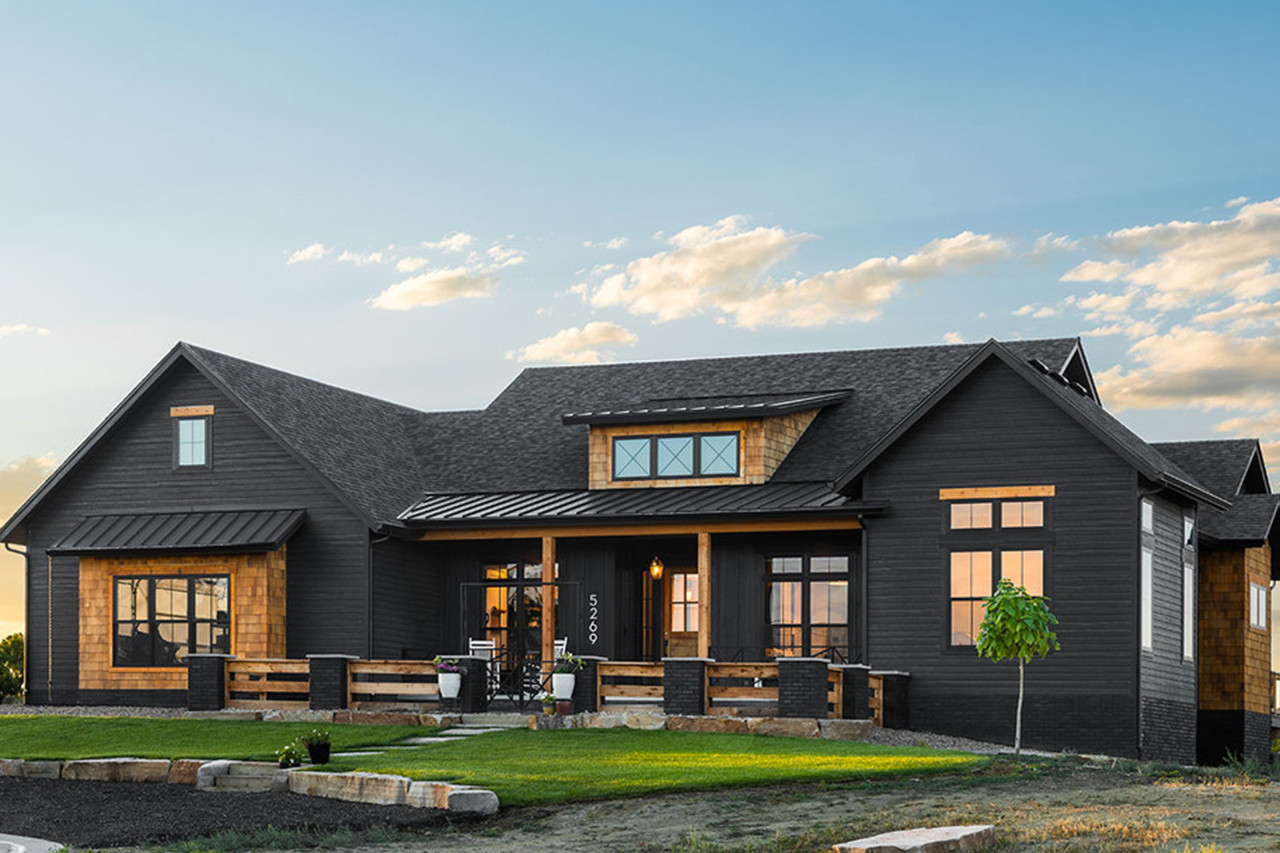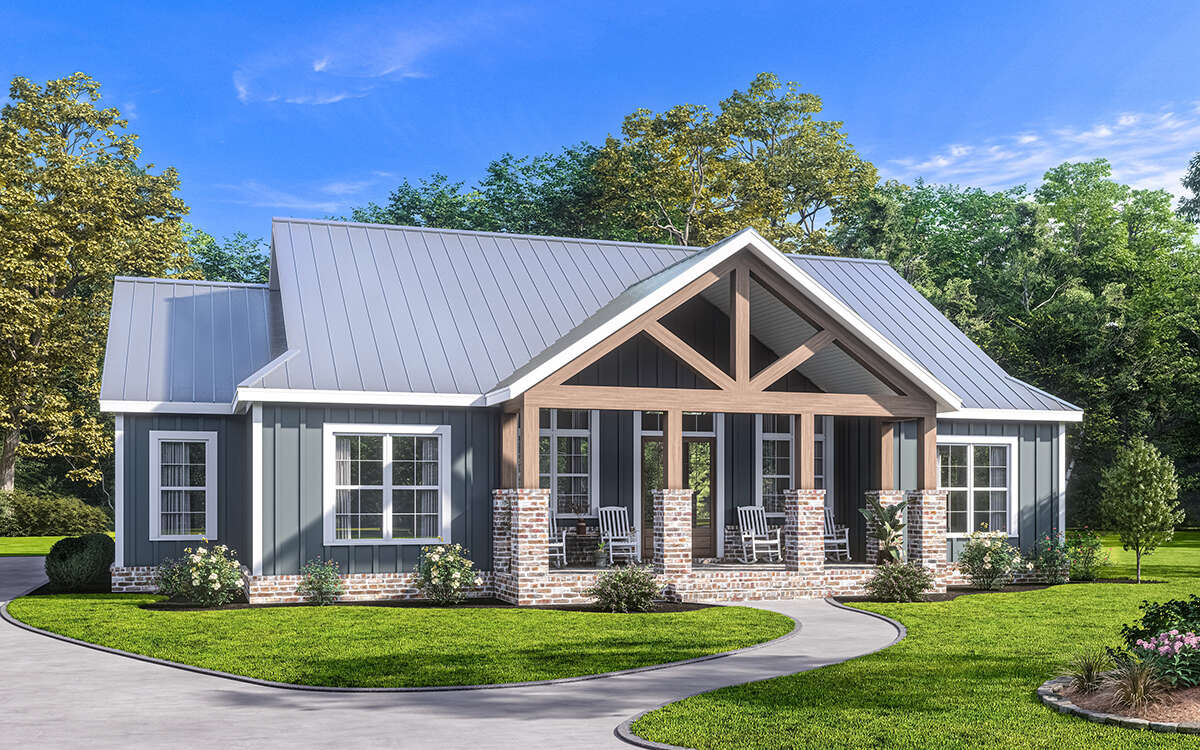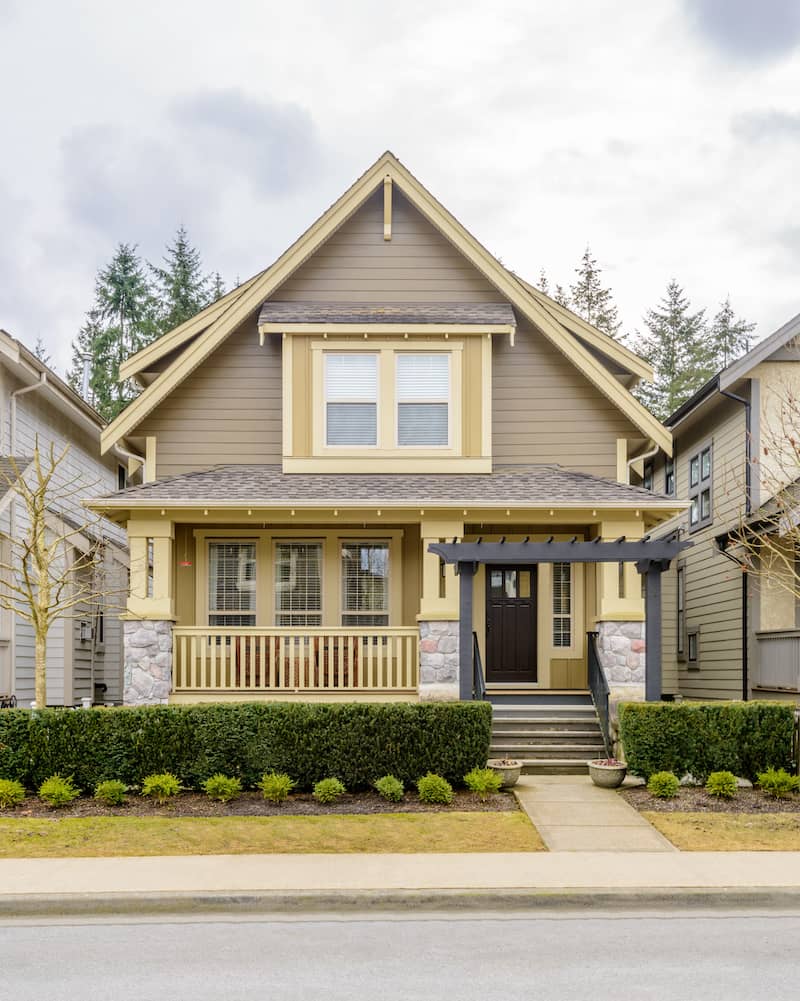How Architectural Solutions Transform Residential Architecture Into Stunning Living Rooms
Architectural solutions greatly influence household style, converting fundamental structures into phenomenal space. Architects approach each task with a special perspective, focusing on website analysis and customer vision. They make use of sophisticated layout devices to develop practical formats and attractive aesthetics. This transformative process entails far more than visual appeal. It raises questions regarding sustainability, personalization, and the evolving requirements of home owners. What crucial elements add to this transformation?
The Role of Architects in Residential Design
Many house owners visualize their optimal living rooms, the role of architects in residential layout is necessary for changing these visions into truth. Architects bring an unique mix of imagination and technological know-how, making certain that the design straightens with the property owner's needs while adhering to local building regulations and guidelines. They conduct thorough website analyses, taking into consideration elements such as topography, environment, and community context, which affect the design's expediency and sustainability.
On top of that, engineers convert abstract ideas into concrete strategies, utilizing advanced software program to produce detailed blueprints and 3D designs. Their collaborative technique typically entails engaging with clients throughout the process, refining designs to better match the house owner's lifestyle and preferences. Eventually, designers function as both dreamers and problem solvers, balancing visual goals with usefulness, to create sensational and useful space that resonate with the occupants' needs.
Innovative Layout Principles for Modern Living
Architects play a critical function not only in realizing home owners' visions however additionally in pushing the borders of what modern living can include. Ingenious design ideas are increasingly forming property architecture, blending appearances with sustainability and functionality. Open floor strategies, identified by fluid spaces, foster connection and flexibility, allowing family members to engage with each other in a harmonious environment. Including biophilic design, which emphasizes natural environments, enhances well-being and develops a feeling of harmony within the home. Smart home modern technology is one more hallmark of modern design, flawlessly integrating benefit and energy efficiency right into life. Furthermore, modular and adaptable furnishings services allow citizens to tailor their home according to their advancing requirements. These ingenious concepts not just raise the visual charm of homes however also produce an experience that focuses on comfort, sustainability, and a connection to the surrounding atmosphere, redefining modern living for today's home owners.
Enhancing Capability and Flow in Home Layouts
How can property owners attain a smooth mix of performance and circulation in their space? Architectural solutions play a crucial function in this venture by enhancing layouts that promote ease of activity and access. By thoughtfully preparing rooms and making sure that links in between areas are smooth, engineers can produce a harmonious atmosphere.
Incorporating open flooring plans typically improves connection, enabling for all-natural light to filter through and producing a feeling of space. Strategic positioning of furnishings and components further supports a reliable use space, ensuring that each location serves its function without really feeling cramped.
Furthermore, engineers take into consideration traffic patterns, recommending paths that minimize barriers and advertise a logical series of activity throughout the home. By stabilizing aesthetics with functional layout components, architectural solutions enable home owners to delight in living areas that are not just aesthetically appealing however additionally highly practical, enhancing the general experience of everyday life.
Sustainable Practices in Residential Architecture
Sustainable practices in residential design concentrate click for more info on the assimilation of environment-friendly products and energy-efficient remedies. By focusing on these elements, architects can produce homes that not just lessen environmental effect but likewise boost the well-being of their occupants. This strategy mirrors a growing commitment to sustainability within the sector.
Eco-Friendly Products Use

Energy Performance Solutions
While lots of property owners look for aesthetic appeal, power efficiency has come to be a vital concern in household style. Architects progressively prioritize lasting techniques by integrating sophisticated energy-efficient options right into their layouts. These options consist of appropriate insulation, energy-efficient home windows, and purposefully placed photovoltaic panels, all targeted at minimizing energy usage. In addition, modern heating and cooling systems, such as geothermal and solar-powered options, contribute to minimizing ecological effect while making best use of convenience. Natural air flow and daylighting techniques are employed to improve interior air top quality and reduce reliance on artificial lighting. By taking on these energy-efficient practices, engineers not just benefit property owners economically via lowered utility bills however also sustain more comprehensive sustainability objectives, making sure that living spaces are both spectacular and ecologically responsible.
Elevating Aesthetic Appeal and Outdoor Spaces

Thoughtful positioning of outdoor functions, such as outdoor patios, decks, and walkways, creates welcoming areas for relaxation and socializing. These aspects are designed to stream perfectly from the inside, encouraging a connection between indoor and outside living.
Architects also highlight the importance of lights-- both functional and decorative-- to highlight architectural information in the evening, further boosting the home's allure. craftsman style house. On the whole, these approaches not just improve the aesthetic value of a property yet also enhance its marketability and pleasure for citizens and visitors alike
Personalizing Interiors to Show Customer Lifestyles
Customization is key in creating insides that reverberate with customers' way of livings and choices. Architects and designers engage in comprehensive consultations to comprehend individual needs, making certain that each room reflects the house owner's identity. This process often consists of evaluating daily routines, hobbies, and family dynamics, which aids in crafting useful yet aesthetically pleasing environments.
Incorporating individual components, such as artwork, shade systems, and furniture selections, allows for a natural layout that really feels distinctly tailored. A home workplace may include ergonomic furnishings and inspiring decor that provide to a specialist's workflow, while a family members area could focus on comfort and enjoyment choices. - craftsman style house

Often Asked Questions
Just How Much Do Architectural Services Typically Price for Residential Projects?
Architectural solutions for household jobs commonly range from 5% to 15% of the total construction budget plan. Elements influencing prices include task intricacy, place, and the designer's experience, affecting general prices structures in the sector.
What Is the Typical Timeline for Completing a Residential Design Task?
The common timeline for finishing a residential layout project varies yet normally spans from numerous months to over a year, influenced by variables such as task intricacy, customer decisions, and the allowing process.
How Do Architects Collaborate With Service Providers Throughout Building?
Architects team up with contractors with regular communication, sharing style requirements and addressing obstacles. This collaboration warranties that building sticks to the architectural vision, enhancing both functionality and aesthetics while accommodating any type of necessary modifications throughout the structure process.

What Prevail Mistakes Property Owners Make When Working With an Architect?
Homeowners often neglect the value of clear communication regarding their vision, stop working to research an engineer's portfolio and experience, and overlook to establish a reasonable spending plan, which can result in misunderstandings and unacceptable results.
Can Architects Aid With Acquiring Needed Authorizations and Approvals?
Architects have proficiency in guiding through the facility landscape of authorizations and authorizations. They promote interaction with neighborhood authorities, making sure compliance with regulations, which enhances the procedure and decreases hold-ups for property owners commencing construction projects.